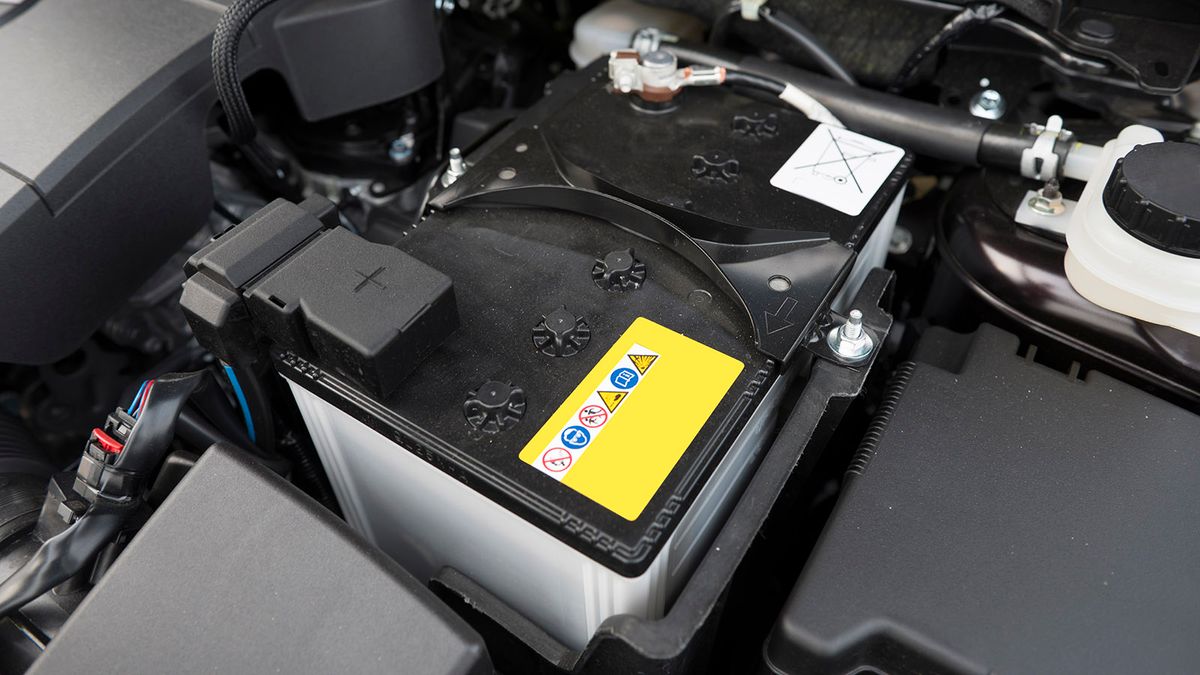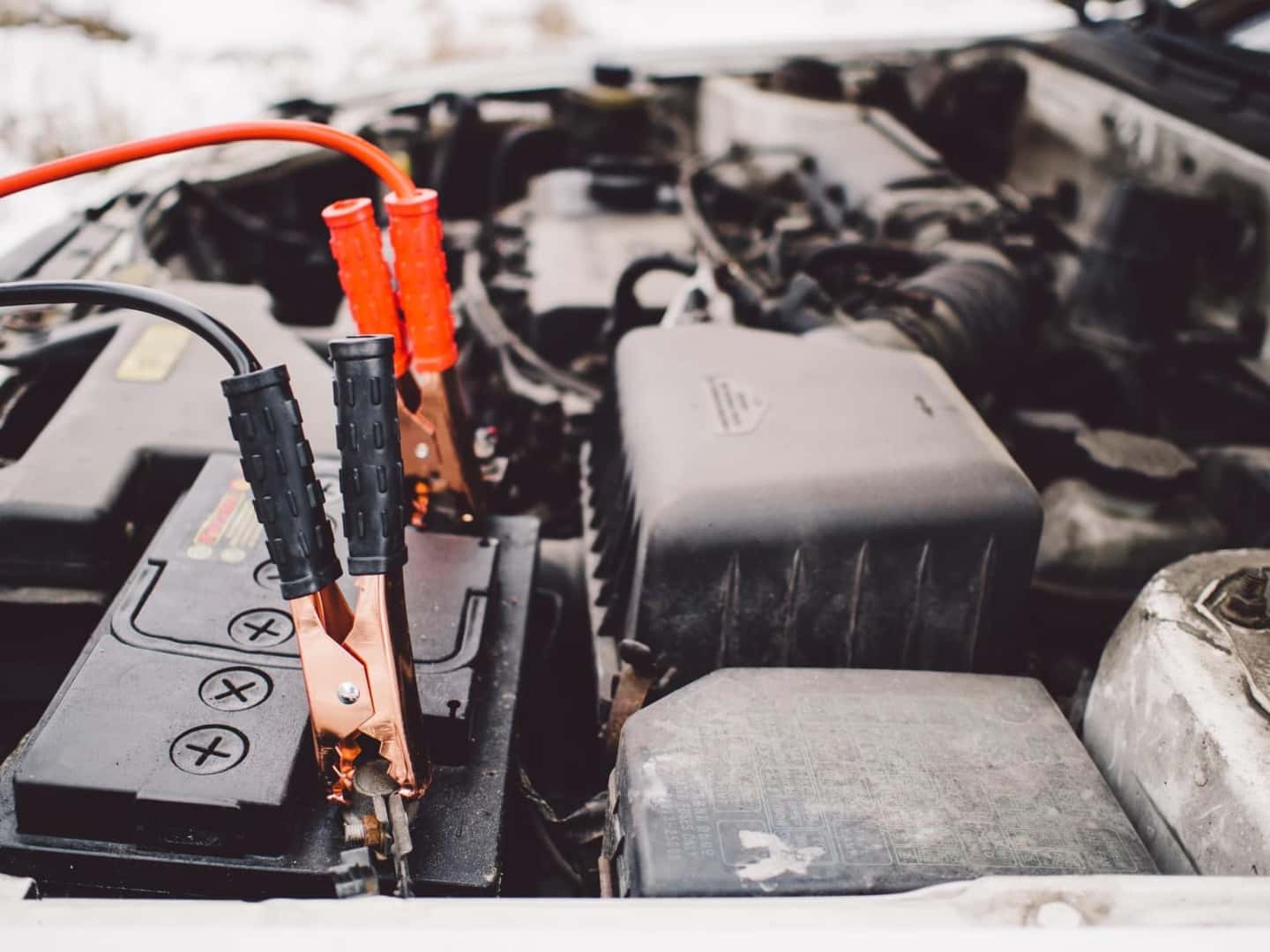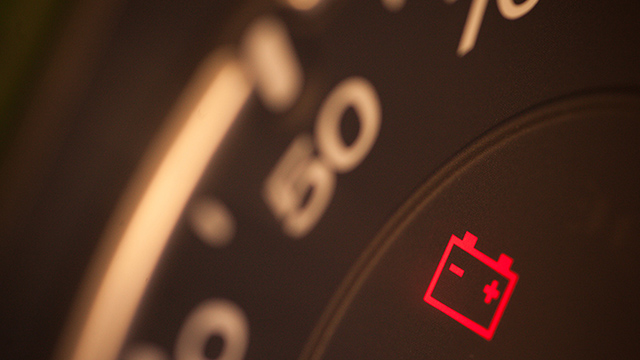After purchasing a new car battery, install it securely and connect the cables correctly. Start your engine and check for any warning lights.
Buying a new car battery can feel overwhelming, but taking the right steps ensures a smooth transition. First, confirm that the battery is the correct fit for your vehicle. Installation typically involves securing the battery in place and connecting the positive and negative terminals.
After installation, it’s essential to check the connections for security and inspect the battery for any issues. Starting the engine allows you to verify that everything is functioning properly. By following these straightforward steps, you can help ensure your new battery performs optimally and extends its lifespan.
Choosing The Right Car Battery
Choosing the right car battery is essential for your vehicle’s health. A suitable battery ensures smooth starts and reliable performance. Several factors influence your choice. Evaluating your needs is the first step. Then, comparing brands and warranties will help you make an informed decision.
Evaluating Your Needs
Identify the specific requirements of your vehicle. This involves considering:
- Car Model: Different cars require different battery types.
- Climate: Extreme temperatures affect battery performance.
- Usage: Frequent short trips may need a different battery.
Check your owner’s manual for the recommended specifications. Look for:
- Group Size: This determines the battery’s physical dimensions.
- Cold Cranking Amps (CCA): Higher CCA helps in cold weather.
- Reserve Capacity (RC): This indicates how long the battery can run without the engine.
Comparing Brands And Warranties
Brand reputation plays a big role in battery quality. Some popular brands include:
| Brand | Key Features | Warranty |
|---|---|---|
| Optima | High performance, durable | 3-5 years |
| ACDelco | Reliable, affordable | 2-3 years |
| DieHard | Strong CCA ratings | 2-5 years |
Check warranty details. A longer warranty often indicates better quality. Look for:
- Replacement warranty: Covers battery failure within a certain time.
- Pro-rated warranty: Offers partial credit based on battery age.

Credit: auto.howstuffworks.com
Preparation Before Installation
Preparing before installing a new car battery is crucial. Proper steps ensure a smooth installation process. Follow these guidelines to make the task easier and safer.
Gathering Necessary Tools
Start by collecting all the tools you need. Having everything ready saves time. Here’s a simple list:
- Wrench set (typically 10mm)
- Screwdriver (flathead and Phillips)
- Battery terminal cleaner
- Safety gloves and goggles
- Battery hold-down clamp (if needed)
Check each tool for good condition. Using the right tools helps avoid damage.
Safety Measures To Consider
Safety comes first when handling car batteries. Follow these safety tips:
- Work in a well-ventilated area.
- Wear safety gloves and goggles.
- Disconnect the negative terminal first.
- Keep metal objects away from the battery.
- Do not lean over the battery while working.
These precautions protect you from potential hazards. Always prioritize safety during installation.
Removing The Old Battery
Removing an old car battery can seem daunting. With the right steps, you can do it easily and safely. Start by gathering the necessary tools. You will need gloves, safety goggles, and a wrench. This guide focuses on two key steps: disconnecting terminals and safely lifting out the battery.
Disconnecting Terminals
Disconnecting the battery terminals is crucial. Follow these steps:
- Always wear gloves and safety goggles.
- Locate the battery in your car. It’s usually near the front.
- Identify the negative terminal (usually marked with a “-” sign).
- Use a wrench to loosen the negative terminal bolt.
- Carefully remove the cable from the terminal.
- Now, repeat the process for the positive terminal (marked with a “+” sign).
Ensure the cables do not touch each other during this process.
Safely Lifting Out The Battery
After disconnecting the terminals, it’s time to lift the battery out. Follow these steps:
- Check the battery for any cracks or leaks.
- Grip the battery firmly with both hands.
- Keep your back straight and lift with your legs.
- Do not twist your body while lifting.
- Carefully place the battery on a flat surface.
Always dispose of the old battery properly. Many auto parts stores offer recycling services.
Installing The New Battery
Installing a new car battery can seem daunting. With careful steps, anyone can do it. Follow these guidelines to ensure a smooth installation.
Positioning The Battery
Start by placing the new battery in the designated battery tray.
- Align the battery terminals with the cables.
- Ensure the battery is secure and won’t move.
- Tighten the battery hold-down strap, if available.
Check that there is no debris in the battery tray. This keeps the battery stable and safe.
Connecting Terminals Correctly
Connecting the terminals properly is crucial. Follow these steps:
- Connect the positive terminal first.
- Ensure the red cable attaches to the “+” terminal.
- Next, connect the negative terminal.
- The black cable should attach to the “-” terminal.
Double-check both connections. A loose connection can cause problems.
After connecting, secure the cables tightly. This prevents any disconnection while driving.
Post-installation Checks
After installing a new car battery, it’s crucial to perform some checks. These steps ensure your battery works effectively. They also prevent potential issues down the road.
Ensuring Tight Connections
Start by inspecting all battery connections. Make sure they are tight and secure. Loose connections can cause various problems.
- Check the positive terminal.
- Check the negative terminal.
- Use a wrench for a firm grip.
Follow these steps:
- Disconnect the negative terminal first.
- Reconnect the positive terminal next.
- Finally, reconnect the negative terminal.
Check for any corrosion on terminals. Clean them if needed. A clean connection helps in better performance.
Checking For Warning Lights
After securing connections, start your car. Look at the dashboard for warning lights. They can indicate problems with the new battery.
- Watch for a battery warning light.
- Check for other warning indicators.
Record any warning lights that appear. If a battery light shows up, turn off the engine. Re-check the battery connections. If lights remain, consult a mechanic.

Credit: www.vikingmotors.ca
Initial Charging
Purchasing a new car battery is exciting. However, proper handling is essential. One crucial step is initial charging. This process ensures your battery is ready for optimal performance. Let’s explore how to charge your new battery effectively.
Charging Before Use
Charging your new battery before use is vital. A fully charged battery lasts longer and performs better. Follow these steps:
- Locate the battery charger.
- Set the charger to the appropriate voltage.
- Connect the charger clamps: red to positive and black to negative.
- Charge the battery for at least 12 hours.
- Check the battery voltage with a multimeter.
Ensure the voltage is around 12.6V or higher. This indicates a fully charged battery. If the voltage is low, continue charging until it meets the required level.
Optimizing Battery Lifespan
Proper charging techniques help optimize battery lifespan. Here are some tips:
- Avoid deep discharges.
- Keep the battery clean and dry.
- Check the battery terminals regularly.
- Store the battery in a cool, dry place.
- Use a smart charger to prevent overcharging.
Following these steps boosts your battery’s efficiency. A well-maintained battery can last several years. Regular checks and proper usage are key. Treat your new car battery with care to enjoy its full benefits.
Maintaining Your New Battery
Once you buy a new car battery, proper maintenance is key. Good care ensures longevity and reliability. Follow these tips to keep your battery in top shape.
Regular Checks
Regular checks help you catch problems early. Perform these checks monthly:
- Inspect battery terminals for corrosion.
- Check the battery’s water level.
- Look for any signs of damage.
Use a multimeter to check the voltage. A healthy battery shows 12.6 volts or higher. If it’s lower, consider recharging or replacing it.
Keeping Terminals Clean
Clean battery terminals prevent power loss. Follow these steps:
- Disconnect the battery cables.
- Mix baking soda with water to create a paste.
- Apply the paste to the terminals using an old toothbrush.
- Rinse with water and dry thoroughly.
- Reconnect the cables, starting with the positive terminal.
Consider applying petroleum jelly on terminals after cleaning. This helps to prevent future corrosion.
When To Consult A Professional
Buying a new car battery can be straightforward. However, certain situations require expert help. Ignoring these signs might lead to issues later. Understanding when to consult a professional is key.
Complex Electrical Systems
Modern cars have intricate electrical systems. These systems control many functions. From navigation to safety features, they depend on proper battery connection.
- Advanced safety features: Airbags, ABS, and traction control.
- Infotainment systems: Navigation, Bluetooth, and audio controls.
- Keyless entry: Locks and ignition systems.
Incorrect installation can disrupt these systems. A professional can ensure everything works correctly. They have the tools and knowledge needed.
Reprogramming Needs
Some vehicles require reprogramming after battery replacement. This is especially true for cars with:
- Computer-controlled systems: These systems manage engine performance.
- Adaptive learning features: These adjust settings based on driving habits.
- Security systems: They protect against theft.
Reprogramming ensures that all systems function as intended. A professional has the right equipment to handle this. They can save you time and prevent errors.

Credit: www.mynrma.com.au
Frequently Asked Questions
What Should I Do After Installing A New Battery In My Car?
After installing a new battery, ensure it’s securely mounted. Check all connections for tightness. Start the engine and listen for unusual sounds. Monitor the dashboard for warning lights. Allow the vehicle to run for a few minutes to confirm proper functionality.
How Long To Wait To Start A Car After A New Battery?
Wait a few minutes after installing a new battery before starting the car. This allows the system to reset and ensures all connections are secure. Always double-check the battery terminals for tightness before starting.
What To Do After Buying A New Battery?
After buying a new battery, fully charge it before use. Inspect the battery for any damage and ensure proper installation. Connect the positive terminal first, then the negative. Start the engine and check for warning lights or unusual sounds. Regularly monitor battery performance for optimal lifespan.
How Long Should I Leave My Car Running After A New Battery?
Leave your car running for about 15 to 30 minutes after installing a new battery. This allows the battery to recharge and ensures all systems are functioning properly. Regular driving afterward helps maintain battery health.
What Should I Do After Buying A New Battery?
Charge the new battery fully before installation. This ensures maximum capacity and extends its lifespan.
Conclusion
After purchasing a new car battery, taking the right steps is crucial. Proper installation ensures your vehicle runs smoothly. Regular checks on connections can prevent future issues. Remember to monitor your battery’s performance over time. Following these guidelines will help extend its lifespan and keep your car in top condition.
Safe driving!

